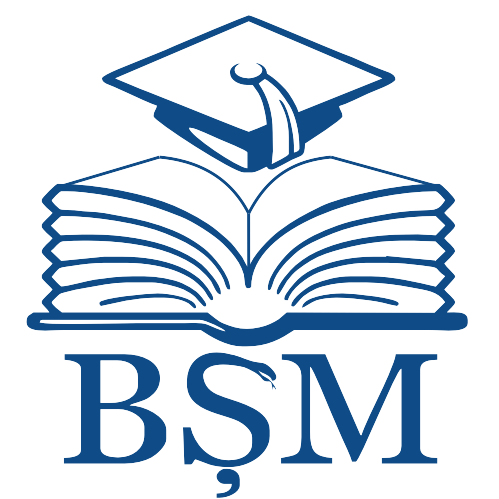|
|
- IRMS - Nicolae Testemitanu SUMPh
- 1. COLECȚIA INSTITUȚIONALĂ
- ANALE ȘTIINȚIFICE USMF “NICOLAE TESTEMIȚANU”
- Anale științifice USMF “Nicolae Testemițanu”, 2008, Ediția a IX-a
- Volumul 3
- Neurologie, neurochirurgie
Please use this identifier to cite or link to this item:
http://hdl.handle.net/20.500.12710/3309
| Title: | L’origine cervicale de certaines dorsalgies benignes et rebelles |
| Other Titles: | On the cervical origin of some benign and treatment resistant dorsalgias |
| Authors: | Copacinschi, Diana |
| Issue Date: | 2008 |
| Publisher: | CEP Medicina |
| Citation: | COPACINSCHI, Diana. L’origine cervicale de certaines dorsalgies benignes et rebelles. In: Anale Științifice ale USMF “Nicolae Testemiţanu”. Ed. a 9-a. Chişinau: СEP Medicina, 2008, Vol. 3: Probleme actuale în medicina internă, pp. 468-472. |
| Abstract: | A large proportion of common dorsalgias which manifest with unilateral interscapular pain with a particularly sensitive area, always one finger breadth front the midline at the level of T5 or T6, are due to minimal changes in the lower cervical spine.
Interscapular pain of a similar topography and character may result from clumsy movements of the lower cervical vertebrae or may be observed after slight cervical traumas and are commonly found in cervical radiculopathy. Thumb pressure, stage by stage, along the anterolateral aspect of the cervical vertebrae (C5, C6, C7, similar to that used for compression of a sensitive cervical root in cervical radiculopathy), will nearly always reveal a point of particular tenderness at the cervical level, on the same side of dorsalgia. If the pressure is maintained on such a spot for some seconds (but only on this spot), the familiar interscapular pain is reproduced, or significantly intensified.
This test, together with the satisfactory results of cervical treatment - generally by manipulation, immobilisation whit a small cervical collar, or heat therapy – confirms the usually cervical origin this « Interscapulo-vertebral pain». A discussion of the physiopathology is presentid.
S’attribue à de minimes dérangements du rachis cervical inférieur la plupart des dorsalgies habituelles qui se présentent comme des algies interscapulaires unilatérales avec un point douloureux exquis à la pression, toujours situé a un travers de doigt de la ligne médiane au niveau de D5 ou de D6. Des douleurs interscapulaires de même topographie et de même caractère peuvent être provoquées par des manipulations maladroites du rachis cervical inférieur ou se voient après des traumatismes cervicaux mineurs, et se rencontrent fréquemment ou cours des névralgies cervico-brachiales radiculaires.
La pression faite étage par étage avec le pouce, au niveau de la partie antéro-latérale du rachis cervical intérieur (C5, C6, C7, analogue à celle utilisée lorsqu'on veut comprimer une racine cervicale sensible dans une névralgie cervico-brachiale) permet de mettre presque toujours en évidence la sensibilité particulière d'un étage cervical du même côté que la dorsalgie. La pression maintenue quelques secondes sur ce point (et ce point seul) réveille ou exacerbe vivement la douleur dorsale interscapulaire habituelle du malade.
Ce test, joint au bon résultat du traitement cervical - manipulations généralement, immobilisation par petit collier, ou radiothérapie - permet d'affirmer l'origine fréquemment cervicale de ces « algies interscapulovertébrales ». La physiopathogénie est discutée. |
| URI: | http://repository.usmf.md/handle/20.500.12710/3309 |
| Appears in Collections: | Neurologie, neurochirurgie
|
Items in DSpace are protected by copyright, with all rights reserved, unless otherwise indicated.
|


